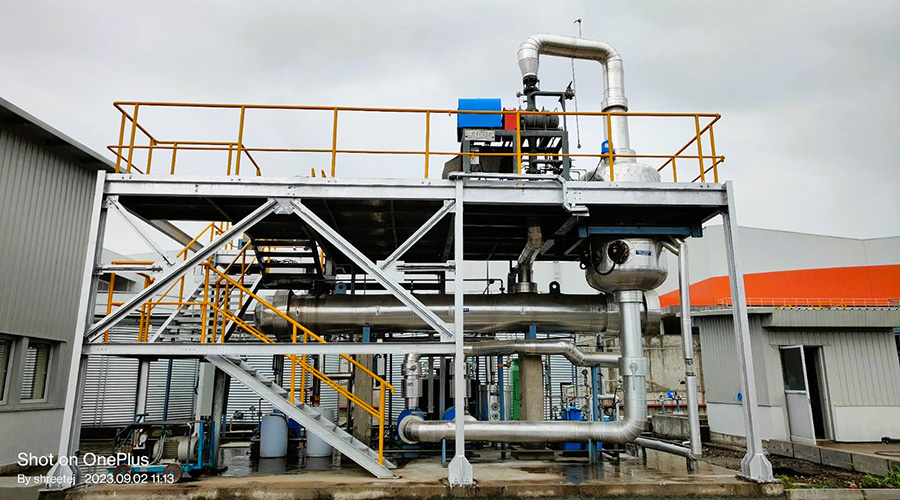Zero Liquid Discharge Plant Manufacturer
Zero Liquid Discharge Plant (ZLD Plant)
A Zero Liquid Discharge Plant (ZLD Plant) represents a cutting-edge approach to wastewater management. These sophisticated systems are engineered to eliminate liquid waste discharge. Through a combination of advanced technologies, such as reverse osmosis, evaporation, and crystallization, ZLD plants meticulously treat industrial wastewater. This comprehensive treatment process enables the recovery of high-quality water suitable for reuse within the facility. Ultimately, the only byproduct is concentrated brine or solid waste, effectively closing the loop on liquid effluent.
Implementing ZLD plants offers significant advantages, especially for industries operating in regions facing water scarcity or adhering to stringent environmental regulations.
1 By preventing the discharge of liquid pollutants, these plants play a crucial role in ensuring sustainable water management and protecting delicate ecosystems.
2 Embracing ZLD technology empowers industries to move beyond traditional wastewater disposal methods, demonstrating a strong commitment to environmental stewardship and preserving our valuable water resources for future generations.
Why select Hydroflux Engineering for ZLD solutions?
Hydroflux Engineering excels in ZLD plant manufacturing and services, demonstrating profound expertise and pioneering solutions. Their steadfast dedication to environmental sustainability ensures top-tier wastewater treatment and adherence to strict regulations, making them a reliable choice.
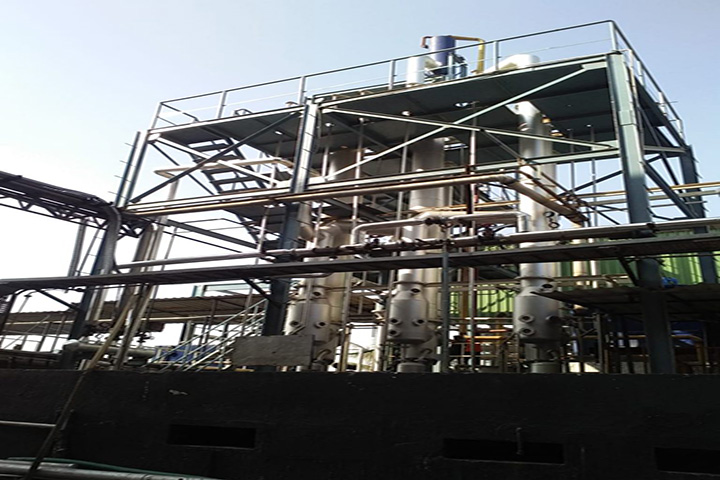
Our Strengths:
They provide tailored ZLD solutions for efficient operations and meeting specific regulatory requirements. Hydroflux Engineering is also recognized for the superior quality of its services, ensuring client satisfaction
- ZLD Solutions
- Regulatory Requirements
- Tailored Solutions
- Quality of Services
- Expertise, innovation, commitment, tailored, efficient, compliance, superior, reliable, satisfaction, choice.
What are the key stages in a ZLD Plant's operation?
A Zero Liquid Discharge (ZLD) Plant treats wastewater to prevent liquid discharge. Initially, the wastewater goes through primary treatment, which removes larger solids and oily substances. This prepares the water for more advanced purification.
Next, sophisticated processes like reverse osmosis and evaporation play a crucial role. Reverse osmosis filters out dissolved impurities, yielding clean water for reuse. Evaporation concentrates the remaining brine, reducing its volume significantly and separating more water.
Finally, crystallization may extract valuable salts from the concentrated brine as solid materials. This multi-stage approach allows ZLD plants to recover near-complete water, meet environmental standards, and minimize water usage and pollution.
What is Hydroflux Engineering's approach to ZLD Plant requirements?
Hydroflux Engineering adopts a collaborative strategy for Zero Liquid Discharge (ZLD) Plant projects. Our initial step involves a detailed evaluation of your needs, encompassing a thorough analysis of wastewater characteristics, applicable regulatory standards, and overarching operational targets.
Based on this comprehensive understanding, we propose the most suitable ZLD technologies for your application. Our recommendations consider crucial factors such as treatment effectiveness, economic viability, and potential environmental advantages. Additionally, we determine the necessary plant capacity based on projected wastewater volumes and desired treatment outcomes.
We emphasize close collaboration throughout the project and provide expert guidance at every stage. Your input is highly valued, ensuring the final ZLD plant design perfectly aligns with your unique objectives, ultimately delivering efficient and sustainable wastewater treatment solutions that meet regulatory and operational demands.
What are the different ZLD Plant technologies?
Here are the various technologies utilized in Zero Liquid Discharge (ZLD) Plants:
- 1. Mechanical Vapor Compression (MVC): Employs heat for water evaporation and vapour condensation, enabling reuse and concentrating brine.
- 2. Thermal Evaporation: Heat evaporates wastewater, producing reusable distillate and solid residue.
- 3. Forward Osmosis: Leverages a semi-permeable membrane to extract water, leaving concentrated brine for disposal behind.
- 4. Membrane Distillation: A hydrophobic membrane separates water vapour, concentrating the remaining brine.
- 5. Crystallization: This uses precipitation to separate salts, producing solid crystals for disposal and clean water for reuse.
These technologies offer distinct advantages and suitability based on specific wastewater characteristics and desired ZLD outcomes.
Frequently Asked Questions (FAQ)
Our Clients Testimonials
Our clients consistently commend our high-quality manufacturing and the effectiveness of our wastewater treatment services, encompassing STP, ETP, WTP, Industrial RO, Softener, OWC, and more, delivering exceptional results.
Hydroflux provided an STP system for one of our large residential projects. The plant has been running smoothly, and we’re reusing treated water for landscaping and flushing. Their team did an excellent job with installation and support.
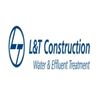
Ravi Sharma
L&T ConstructionAt our telecom office site, Hydroflux installed a compact RO + WTP system. The system is low-maintenance, efficient, and gives us good water quality. They handled the project professionally.

Rajeev Arora
Airtel Facility TeamHydroflux installed a wastewater treatment system for our manufacturing unit. The plant works as per industrial discharge norms. Their timely service and AMC support have been great.
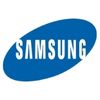
Meenal Kapoor
Samsung ElectronicsWe required an industrial ETP with a ZLD setup. Hydroflux delivered exactly what we needed. Their design is robust and helps us recycle water back into our process lines.
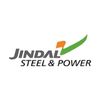
Anil Deswal
Jindal Steel & PowerOur university uses Hydroflux STP to manage sewage within the campus. The treated water is used for gardening, and the plant is eco-friendly. Their technical team is cooperative and trained our staff well.
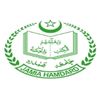
Dr. Aftab Khan
Jamia Hamdard UniversityWe used Hydroflux for WTP system installation at one of our metro depots. The water treatment system is reliable and easy to maintain. Their service team is always on time.
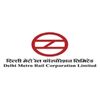
Sandeep Malhotra
Delhi Metro Rail Corporation (DMRC)We use Hydroflux’s STP and ZLD solution at our bottling plant. Water reuse and discharge quality have both improved. Their ZLD setup helped us clear compliance smoothly.
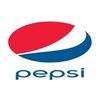
Vikram Joshi
Pepsi Bottling Unit (Jai Beverages)We installed a RO plant at our Sikandrabad tiles factory. The system provides consistent water quality for tile processing. Very effective and energy-efficient.

Sanjay Singh
Kajaria CeramicsHydroflux installed a compact STP system at our food production plant. Treated water is reused for utility and cleaning. The system is easy to run and completely odorless.
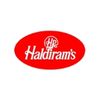
Poonam Verma
Haldiram’s Production UnitOur Gurgaon residential projects have Hydroflux’s STPs. They help us recycle and reuse water, which supports our green building certifications. We’re satisfied with their support even after handover.
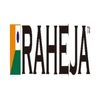
Meena Rathi
Raheja DevelopersHydroflux delivered a 690 KLD STP plant for our township. The plant runs automatically and treats large volumes efficiently. It’s been a valuable addition to our sustainability goals.
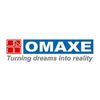
Ritesh Goyal
Omaxe LtdWe installed an STP from Hydroflux for our resort. Water from bathrooms and kitchen is now treated and reused in our gardens. The plant is silent and blends into our eco-friendly theme.
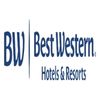
Arjun Mehta
Best Western ResortHydroflux installed a small but high-efficiency ETP at our Manesar unit. We’ve had no major issues and water discharge is always within limit. Their service is quick and professional.
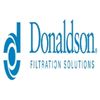
Priti Sharma
Donaldson India Filter SystemsWe’re using Hydroflux’s STP in our hotel’s backend operations. The system helps us recycle greywater for flushing. Their setup is clean, quiet, and very effective.
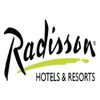
Ramesh Yadav
Radisson HotelsHydroflux supplied a robust ETP system for our Bokaro cement plant. It handles high loads and treats effluent effectively. We’ve seen a clear improvement in compliance and water reuse.
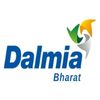
Alok Sharma
Dalmia Bharat CementWe installed a compact RO + WTP setup at our Manesar unit through Hydroflux. It runs quietly and requires very little manual handling. The system is reliable and consistent in water output.
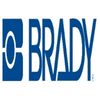
Tanya Mehra
BRADY Company India Pvt LtdHydroflux provided an automated ETP solution at our Vapi facility. The system helps us recycle water and control our wastewater discharge. Their service support is excellent even post-installation.

Ritu Jain
HAVELLS IndiaAt our printing unit, Hydroflux installed a RO plant to ensure water quality for ink processing. The plant has reduced scale issues and improved equipment life. It was a great decision to go with them.

Saurabh Chawla
Dainik BhaskarHydroflux provided an MBR-based STP for our Gurgaon campus. The treated water is clear and odorless, perfect for reuse. We are happy with their engineering and service quality.


